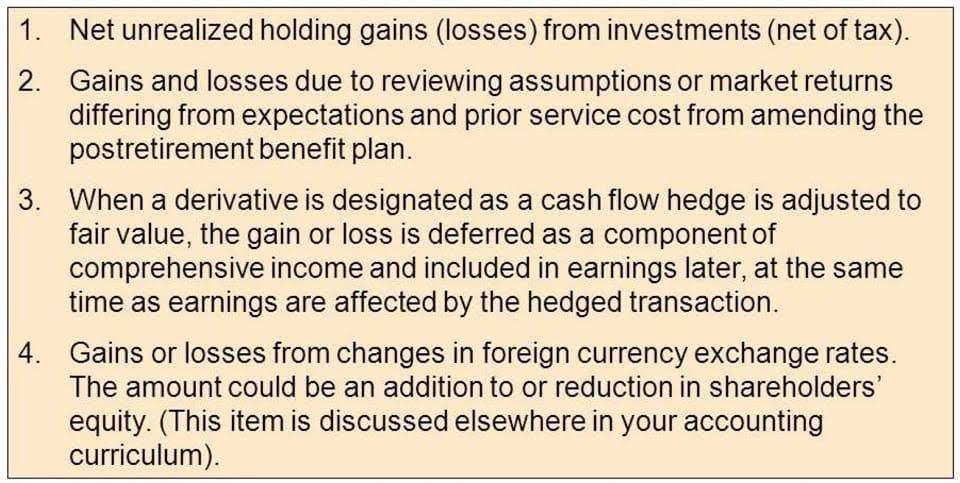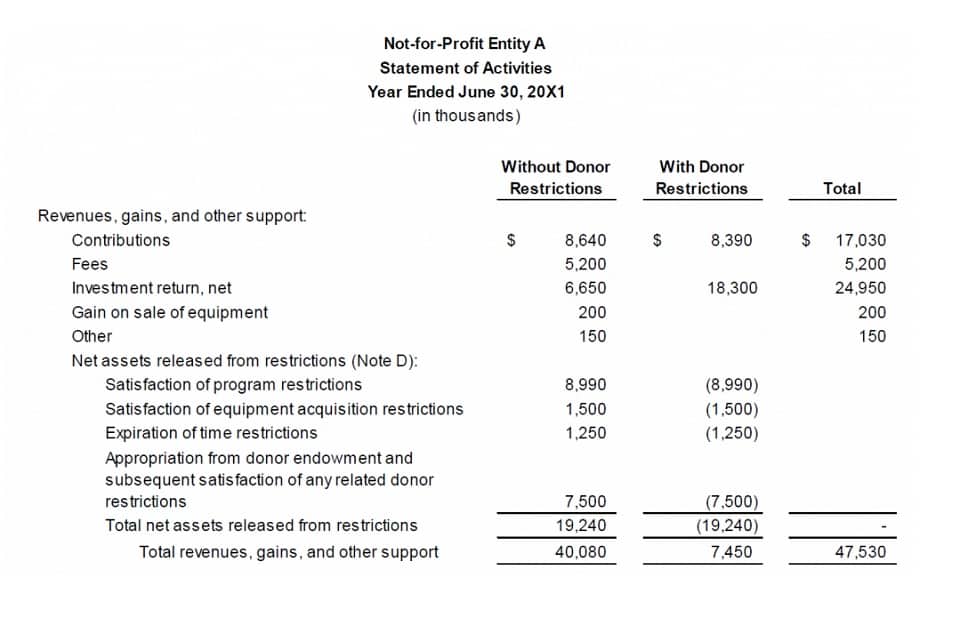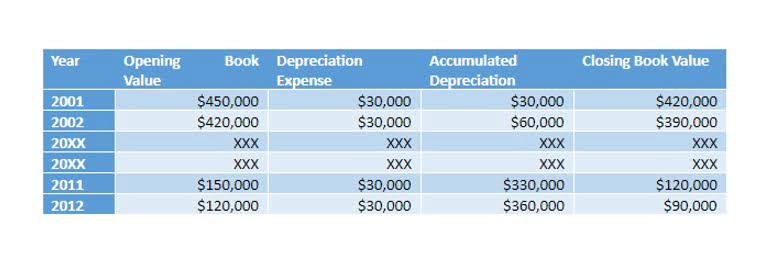Incremental Costs Managerial Accounting Vocab, Definition, Explanations Fiveable

If a reduced price is established for a special order, then it’s critical that the revenue received from the special order incremental cost at least covers the incremental costs. Incremental costs help to determine the profit maximization point for a company or when marginal costs equal marginal revenues. If a business is earning more incremental revenue (or marginal revenue) per product than the incremental cost of manufacturing or buying that product, then the business earns a profit. If a reduced price is established for a special order, then it’s critical that the revenue received from the special order at least covers the incremental costs.

Why Calculate Incremental Costs?
- The reason for the relatively small incremental cost per unit is due to the cost behavior of certain costs.
- Economies of scale occur when increasing production leads to lower costs since the costs are spread out over a larger number of goods being produced.
- Identifying such costs is very important for companies as it helps them decide whether the additional cost is in their best interest.
- The management must look at the additional cost of producing the products under one roof.
However, the $50 of allocated fixed overhead costs are a sunk cost and are already spent. The company has excess capacity and should only consider the relevant costs. Therefore, the cost to produce the special order is $200 per item ($125 + $50 + $25). The contribution margin is the difference between the selling price of a product and its incremental costs, which helps determine the profitability of a special order.

Step 3: Define the Incremental Volume Change
Incremental costs are the costs linked with the production of one extra unit, and it considers only those costs that tend to change with the outcomes of a particular decision. It also takes into account sunk, or non-relevant costs, and excludes those from analysis. Also called marginal analysis, the relevant cost approach, or differential analysis, incremental analysis disregards any sunk cost (past cost). Learn about the definition and calculation of incremental costs in finance, along with examples, to better understand their significance in financial analysis. As a contra asset account result, the total incremental cost to produce the additional 2,000 units is $30,000 or ($330,000 – $300,000).

“Incremental Costs” also found in:
The negative $25,000 incremental cost signals that outsourcing would reduce production costs by $25,000 for this volume. Here the $20,000 incremental cost reveals how much extra the premium feature addition will cost in total across 1,000 product units. Therefore, the incremental cost of producing an extra 5,000 units is $20,000. Add up all the production and direct labor costs involved with your base volume.

- It’s calculated by analyzing the additional expenses incurred based on the addition of the unit.
- Because the sunk costs are present regardless of any opportunity or related decision, they are not included in incremental analysis.
- Incremental cost, also known as marginal cost, is a key concept in managerial accounting and financial analysis.
- In other words, incremental costs are solely dependent on production volume.
- To increase the sales to gain more market share, the company can leverage the lower cost per unit of the product to lower the price from ₹ 25 and sell more units at a lower price.
Certain costs will be incurred whether there is an increase in production or not, which are not computed when determining incremental cost, and they include fixed costs. However, care must be exercised as allocation of fixed costs to total cost decreases as additional units are produced. If a company responds to greater demand for its widgets by increasing production from 9,000 units to 10,000 units, it will incur additional costs to make the extra 1,000 widgets. If the total production cost for 9,000 widgets was $45,000, and the total cost after adding the additional 1,000 units increased to $50,000, the cost for the additional 1,000 units is $5,000. When it comes to managing finances effectively, understanding incremental cost can make a significant difference. Incremental cost, also known as the marginal or differential cost, refers to the additional cost a business incurs when producing or selling an additional unit of a product or service.
- Alternatively, once incremental costs exceed incremental revenue for a unit, the company takes a loss for each item produced.
- While the company is able to make a profit on this special order, the company must consider the ramifications of operating at full capacity.
- This shows the incremental cost of scaling monthly production volumes by 5,000 units is $20,000.
- However, none of it will include the fixed costs since they will not change due to volume fluctuation.
- Then, a special order arrives requesting the purchase of 15 items at $225 each.
- Also, fixed costs can be difficult to attribute to any one business segment.
What’s a Limitation of Incremental Analysis?

The basic method of allocation of incremental cost in economics is to assign a primary user and the additional or incremental user of the total cost. Like in the above example, it is evident that the per-unit cost of manufacturing the products has decreased from ₹ 20 to ₹ 17.5 after introducing the new product line. Identifying such costs is very important for companies as it helps them decide whether the additional cost is in their best interest.
How to Calculate Incremental Costs Step-by-Step
Incremental analysis is a problem-solving method that applies accounting information—with a focus on costs—to strategic decision-making. Incremental analysis is useful when a company works on its business strategies, including the decision to self-produce or outsource a process, job, or function. For example, if you normally produce 10,000 units of https://www.bookstime.com/ a product per month, this base monthly volume is 10,000 units. Sunk costs are costs that have already been incurred and cannot be recovered, regardless of the decision to accept or reject a special order.

